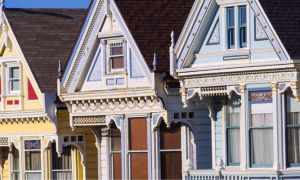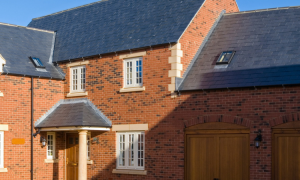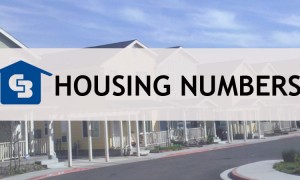The housing market ended 2015 with a bang: Gains in home prices accelerated throughout the last quarter of the year. Prices closed out December 7% higher than in December of 2014. That strength has continued into 2016, with a year-over-year home price rise of 8.2% in January, to $213,800, according to the regular monthly report from the National Association of Realtors (NAR).
January was also the strongest month for home sales since last April, with 11% more homes sold during that month than were sold during January of 2015 – the annualized sales pace hit 5.47 million. That uptrend occurred despite shortages of inventory in many of the nation’s hottest markets, according to Lawrence Yun, NAR’s chief economist.
“The spring buying season is right around the corner and current supply levels aren’t close to what’s needed to accommodate the subsequent growth in housing demand,” he said.
Tight Supply of Homes is Limiting Sales
At the current pace of sales, there is only a four-month supply of homes on the market. Ideally, in a balanced market there should be closer to a six-month supply. The nation’s home builders are trying to boost production: Home construction starts rose about 7% during the last three months of 2015, compared with the end of 2014. January construction starts were up just 2% or so, however.

Economic conditions are adding to the demand for housing. The national unemployment rate fell to 4.9% in January, its lowest level in almost eight years. Returning workers are adding to the clamor for homes. The home ownership rate ticked up during the last three months of 2015 to 63.8%, but that’s still far below the housing boom year highs, when rates hit as high as 69.2%. The impact of the improving labor situation is reflected in a jump in first-time home buyers. They accounted for 32% of the market in January, compared with the 28% one year ago.
Consumer Income on the Rise
The latest report from the Bureau of Labor Statistics said that earnings are finally producing some gains: The average worker is now making about 2.5% more than a year earlier. While that gain still trails home price increases, bargain mortgage rates have kept homes reasonably affordable in many parts of the country. In January, the average interest rate home buyers have been getting was well under 4%.
Market experts don’t see any reason to expect much higher interest rates before the end of the year. That should enable the housing market to continue its solid trajectory going forward.
January Home Sales Figures across Regions of the United States
The sales jump year-over-year in the Northeast leads among other regions across the U.S., but the South leads in number of home sales. Home prices were highest in the West, with a moderate year-over-year increase compared to the South and Midwest.
| Region | Home sales | % Increase year-over-year | Median home price | % Increase year-over-year |
| Northeast | 760,000 | 20.6% | $247,500 | 0.9% |
| Midwest | 1.3 million | 18.2% | $164,300 | 8.7% |
| South | 2.24 million | 5.7% | $184,800 | 8.5% |
| West | 1.17 million | 8.3% | $309,400 | 7.4% |
Source: National Association of Realtors

For a glimpse at what’s out there, check out this Lewes, DE home (pictured above), where $658,000 gets you five bedrooms, five-and-a-half baths and a spacious two-story family room.






